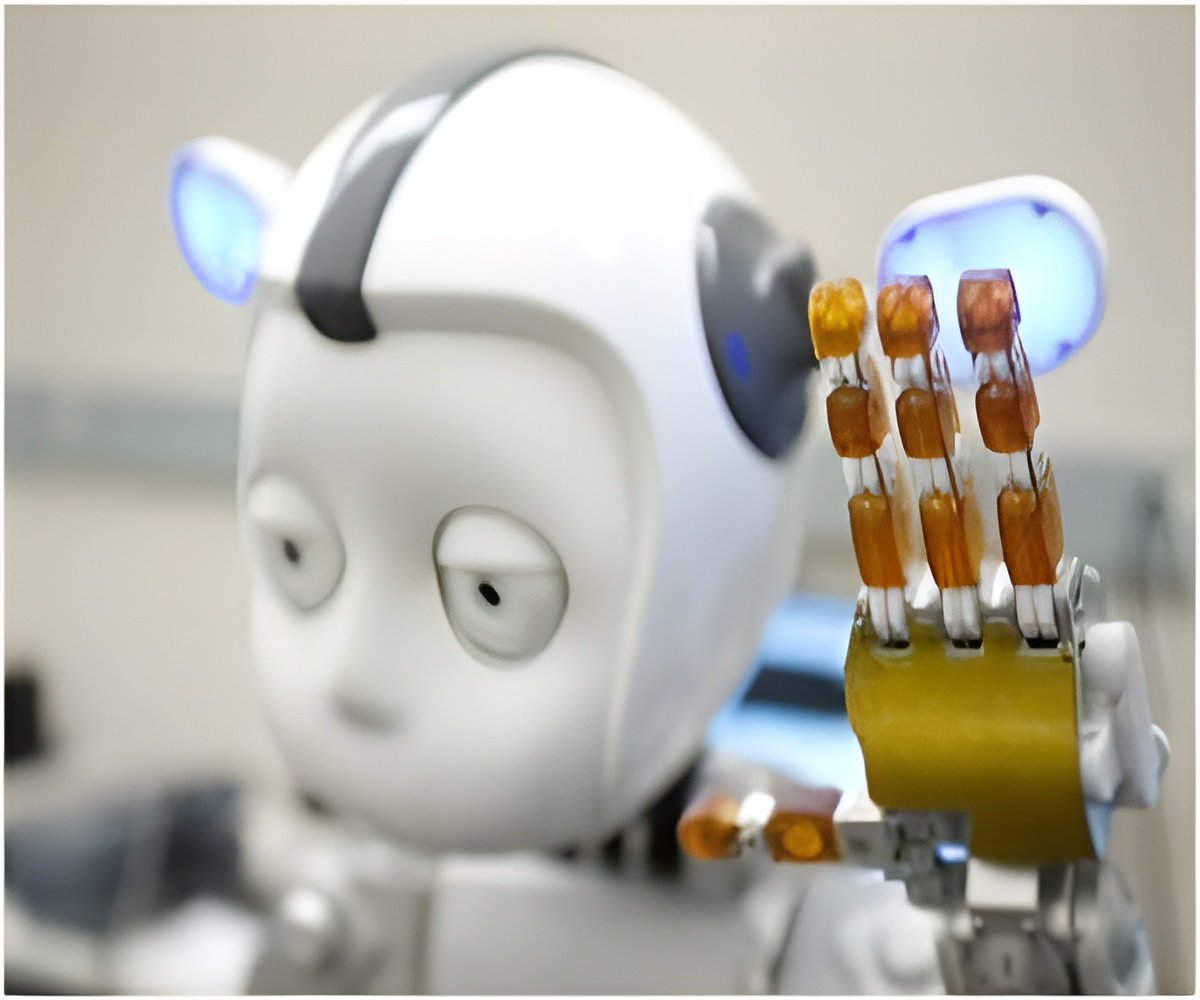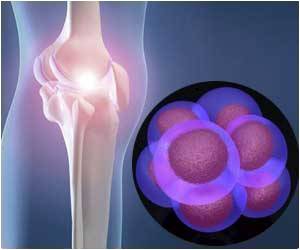This is the first evidence of humans' ability to empathize with robots in perceived pain. It also highlighted the difference in human empathy toward robots.

‘Electroencephalography (EEG) of 15 healthy adults who were observing pictures of either a human or robotic hand in painful or non-painful situations, such as a finger being cut by a knife, suggested that event-related brain potentials for empathy toward humanoid robots in perceived pain were similar to those for empathy toward human beings in pain.’





However, the beginning of the top-down process of empathy was weaker in empathy toward robots than toward human beings. It may be caused by human beings' inability in taking a robot's perspective.
Michiteru Kitazaki said, "The ascending phase of P3 (350-500 ms after the stimulus presentation) showed a positive shift in the observer for a human in pain in comparison with the no-pain condition, but not for a robot in perceived pain. Then, the difference between empathy toward humans and robots disappeared in the descending phase of P3 (500-650 ms). The positive shift of P3 is considered as reflecting the top-down process of empathy. Its beginning phase seems related to the process of perspective taking, as was shown in a previous study."
The study appears in Scientific Reports.
Source-ANI









